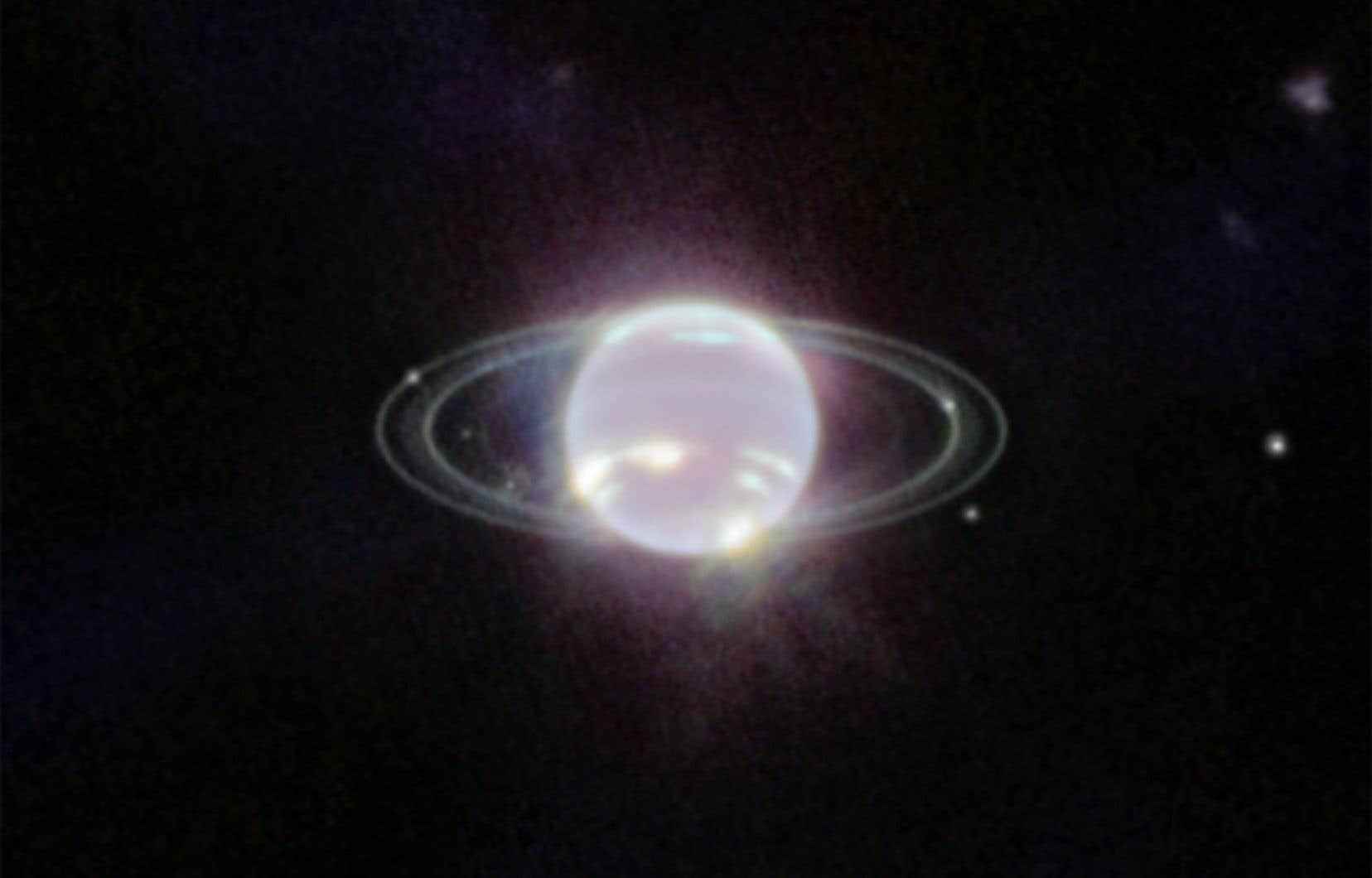The infrared photo of Neptune taken by the James Webb Space Telescope shook astronomy buffs on Wednesday after it was revealed by NASA. This infrared process is revolutionary to say the least and raises questions about how astrophysicists could discover or photograph the still unknown parts of our galaxy.
This technology, which surpasses that of the Hubble space telescope, which had already been a revolution for NASA when it was launched in 1990. According to the director of the Montreal Planetarium and astrophysicist, Olivier Hernandez, the James Webb telescope is innovative in its mechanism . “The James Webb Telescope has several instruments and several of them can go very, very far. This actually allows us to study the planets, comets, asteroids and also the dust around these protoplanetary disks much better,” Hernandez explains in an interview with the To have to.
Thanks to James Webb and its NIRCam instrument, NASA captured the clearest image of the most distant planet in the solar system, Neptune, on Wednesday. The most seasoned telescopes and astronomers had not drawn such a clear portrait of the frozen planet since 1989, the brief and only passage of a probe, Voyager 2, in the vicinity of Neptune.
The special feature of the James Webb Space Telescope also comes from the fact that it “is really positioned outside the Earth’s atmosphere and in this sense, it obtains much more precise images because we do not need to correct the movements of the atmosphere which are in fact due to variations in temperature”, adds Olivier Hernandez.
By being positioned in the Earth’s atmosphere, the telescope would be blurred by light pollution. It will not be able to pass through matter surrounding the space atmosphere such as water and certain other elements. Hubble captures only the UV and naked-eye visible spectra, while James Webb’s infrared technology goes from near to far, transcending elements not visible to the naked eye.
The future of space photography
In addition to Neptune’s never-before-seen gas rings, viewers can admire the seven moons (Galatea, Naiad, Thalassa, Despina, Proteus, Larissa and Triton) of the fourteen that surround the icy planet. Moreover Triton, which resembles by its brilliance a small star. Larger than the dwarf planet Pluto, it also appears brighter than Neptune because of the reflection of sunlight off its icy surface. The image also shows “strange light” at one of Neptune’s poles, NASA said in a statement.
As for the future of space photography, “the beauty of the thing is that we probably don’t even know yet the project that will revolutionize astronomy,” says Mr. Hernandez.
“We are convinced that within 10 years we will have discovered new planes of astronomy or in any case new ways of seeing our universe which are probably very different from what we know now”, admits the astrophysicist .
With Agence France-Presse
